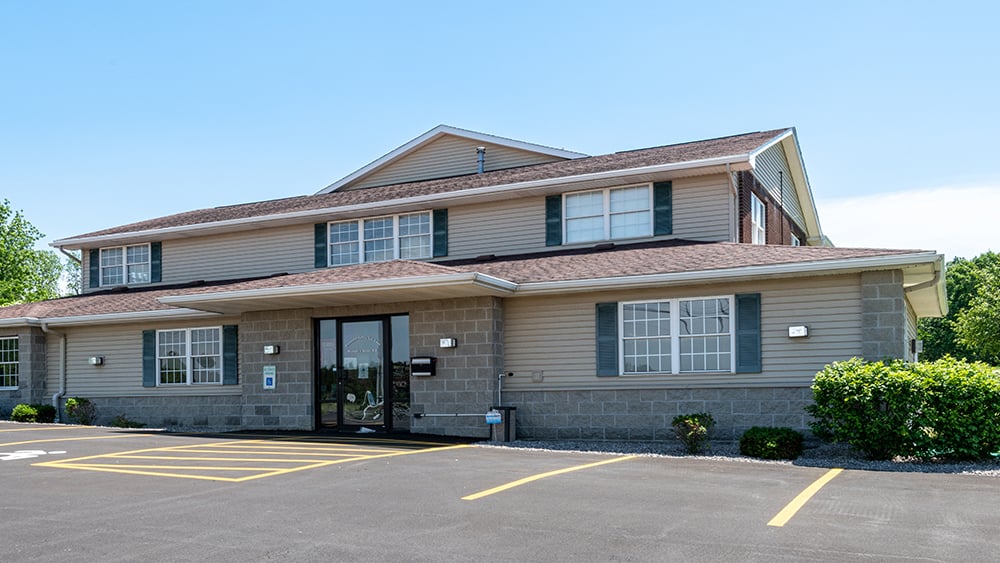Eye Care - Geneseo

General Hours
General Hours
Featured Providers
Modern Eye Care in Geneseo, NY
Rochester Regional Health’s Eye Care - Geneseo offers comprehensive eye care services and in-demand lenses and frames to Geneseo and our surrounding communities. Since 1994, we have been a leading provider of optometry services and vision care products, and we want to help you achieve and maintain clear vision and good eye health for years to come.Our experienced eye doctors offer comprehensive vision examinations and specialize in diagnosing and treating a wide array of eye diseases, conditions, and problems. We utilize advanced diagnostic technology and vision correction products and are committed to improving the quality of life of people in Livingston, Wyoming, and Monroe Counties through enhanced vision. Give yourself the gift of clear vision, and schedule an appointment with one of our doctors today.
Patient Information
Common Eye Conditions We Treat
Lazy eye is not always easy to recognize since a child with worse vision in one eye does not necessarily have lazy eye. Because of this, it is recommended that all children, including those with no symptoms, have a comprehensive eye examination by the age of three; sooner if there is a family history of any eye condition or disease. If you suspect a problem, or need to set up your child’s first eye examination, contact Geneseo Family Eye Care to set up an appointment.
Like some other skin conditions, blepharitis can be controlled but not cured. The main goals in treating it are to reduce the amount of bacteria along the lid margin and open plugged glands. Contact Geneseo Family Eye Care to assess the severity of your problem and the best treatment method.
A cataract starts out small and initially has little or no effect on vision. As the cataract progresses, it becomes harder to read and perform other normal tasks. In the early stages, your doctor may recommend stronger eyeglasses and adjusting your lighting to reduce glare. When cataracts disrupt your daily life, your doctor may recommend cataract-removal surgery, which is one of the most frequent and successful procedures done in the United States.
Since computer monitors are typically 20 to 26 inches from your eyes, your regular glasses may not be the best option for computer work. This distance range is considered intermediate – closer than what you use to drive a car but farther away than what you use to read. Special lens designs for computer work provide you with a larger intermediate area for viewing the computer and your immediate work area like the top of your desk. Geneseo Family Eye Care can help you determine if these special lenses are appropriate for you.
If you suspect that you have dry eye, see your eye doctor. Proper care will not only increase your comfort – it will protect your eyes. Your eye care provider can perform a series of tests to determine if you have dry eyes.
Strabismus is usually diagnosed during childhood and affects about 4 percent of children, afflicting boys and girls equally. Though it cannot be prevented, its complications can be avoided with early intervention. Even if you notice symptoms intermittently – when your child is ill, stressed or fatigued – alert your eye care provider. Geneseo Family Eye Care has the experience and equipment necessary to diagnose and often treat the eye conditions detailed above at our office in Geneseo.
Diseases We Treat
While many minor cases improve within two weeks, some can develop into serious corneal inflammation and threaten sight. If you suspect conjunctivitis, visit your eye care provider at Geneseo Family Eye Care for an examination and treatment.
Often there are no symptoms in the early stages of diabetic eye disease, so it is important that you don’t wait for symptoms to appear before having a comprehensive eye exam. Early detection and treatment of diabetic eye disease will dramatically reduce your chances of sustaining permanent vision loss.
